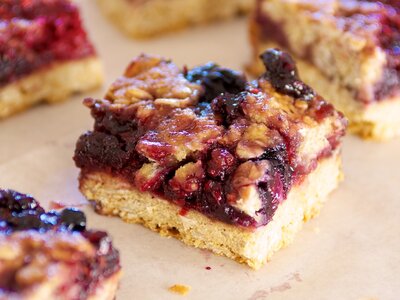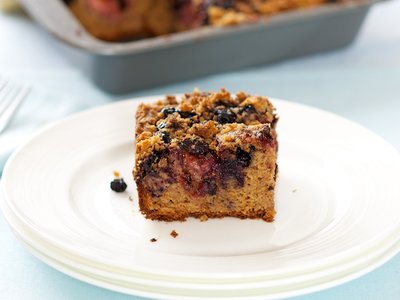One of the characteristics of a truly sustainable garden is that it produces at least some of its own seed. This is most often done when gardeners select, harvest and store seeds until the proper time for planting the following year. But some self-seeding crops produce seeds so readily that as long as you give them time to flower and mature, and set seed, you will always have free plants growing in your garden. You can simply let the seeds fall where they are, or toss pieces of the seed heads into the corners of your garden, or whichever area you want them in — no harvesting, storing or replanting required. With most self-seeding vegetables, herbs and annual flowers, you’ll just need to learn to recognize the seedlings so you don’t hoe them down. Should seedlings require relocation, you can simply lift and move them — after all, they are sturdy field-grown seedlings.
In addition to getting all the free garden plants you need (and some to share with family and friends), nurturing self-seeders is also a great way to provide a diversity of flowers that supply pollen and nectar for beneficial insects. Self-seeding flowers, herbs and vegetables that show up in early spring include arugula, calendula, chamomile, cilantro, dill, breadseed poppies and brilliant red orach (mountain spinach). Nasturtiums, amaranth, New Zealand spinach, and even basil or zinnias appear later, after the soil has warmed.
Starting a new colony of any of these annuals is usually a simple matter of lopping off armloads of brittle, seedbearing stems in the fall, and dumping them where you want the plants to appear the next season. It’s that easy. Most of the seedlings will appear in the first year after you let seed-bearing plants drop their seeds, with lower numbers popping up in subsequent seasons.
Working with reseeding, or self-sowing, crops saves time and trouble and often gives excellent results, but a few special techniques and precautions are in order. Some plants that self-sow too freely — especially perennials such as garlic chives or horseradish — will cross the line into weediness if not handled with care.
Spring Seeds for Fall Crops
The first group of plants to try as self-sown crops — both because they’re the easiest and they’ll be ready the same year — are those that tend to bolt in late spring. If allowed to bloom and set seed, dill, radishes, arugula, cilantro, broccoli raab, turnips and any kind of mustard will produce ripe seeds in time for fall reseeding in most climates. Lettuce will take a little longer, but often gives good results in Zone 5 or warmer.
One way to encourage self-seeders is to select vigorous plants from a larger planting, and let these plants grow unharvested until they bloom and produce seeds. This will work well enough, but it’s often bothersome to have one lone turnip holding up the renovation of a planting bed. To get around this problem, use a Noah’s ark approach: Set aside a bed or row and transplant pairs of plants being grown for seed into the ark bed. As the weeks pass, weed, water and stake up seed-bearing branches to keep them clean, but don’t pick from the “seed ark” bed.
Read More Here





































